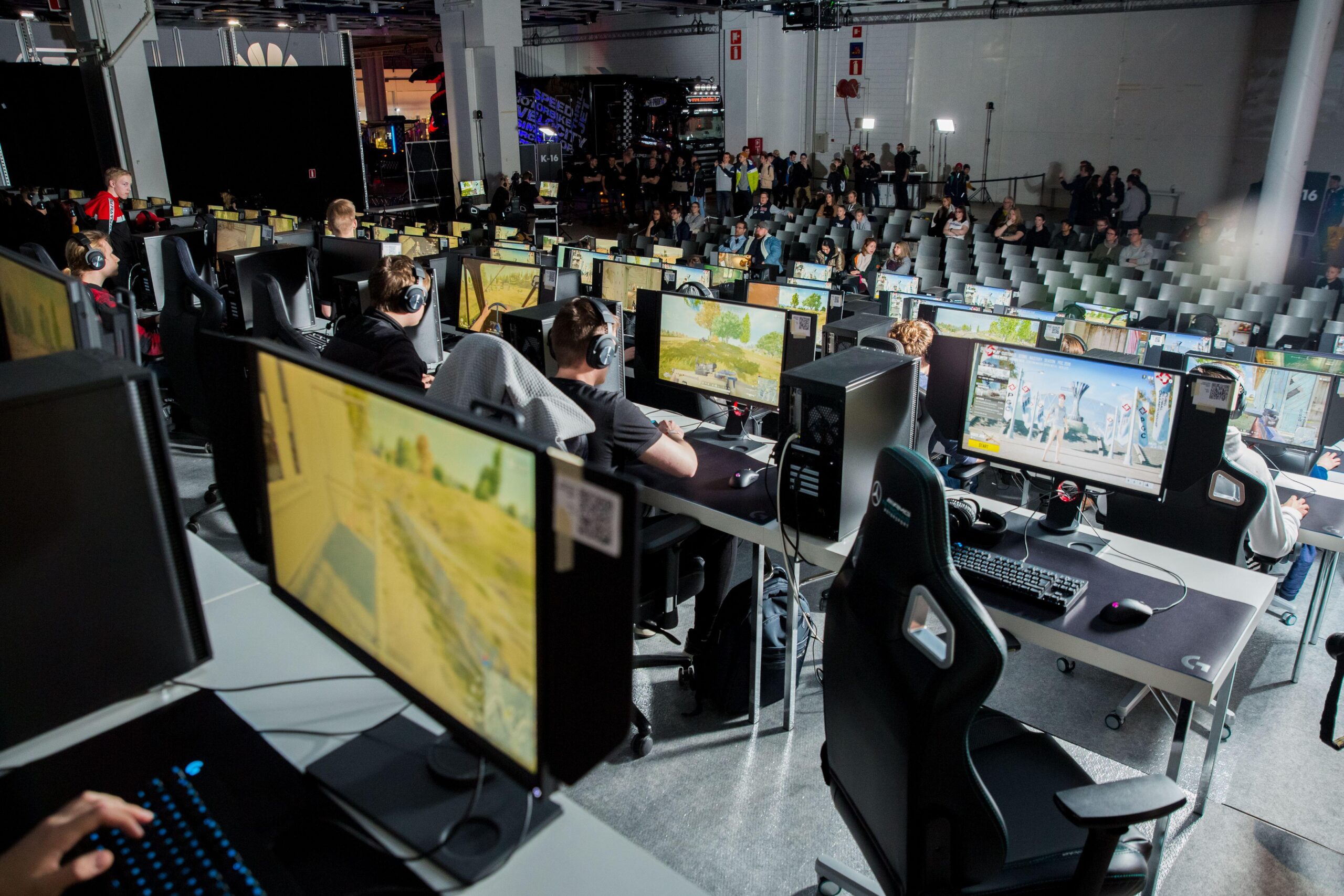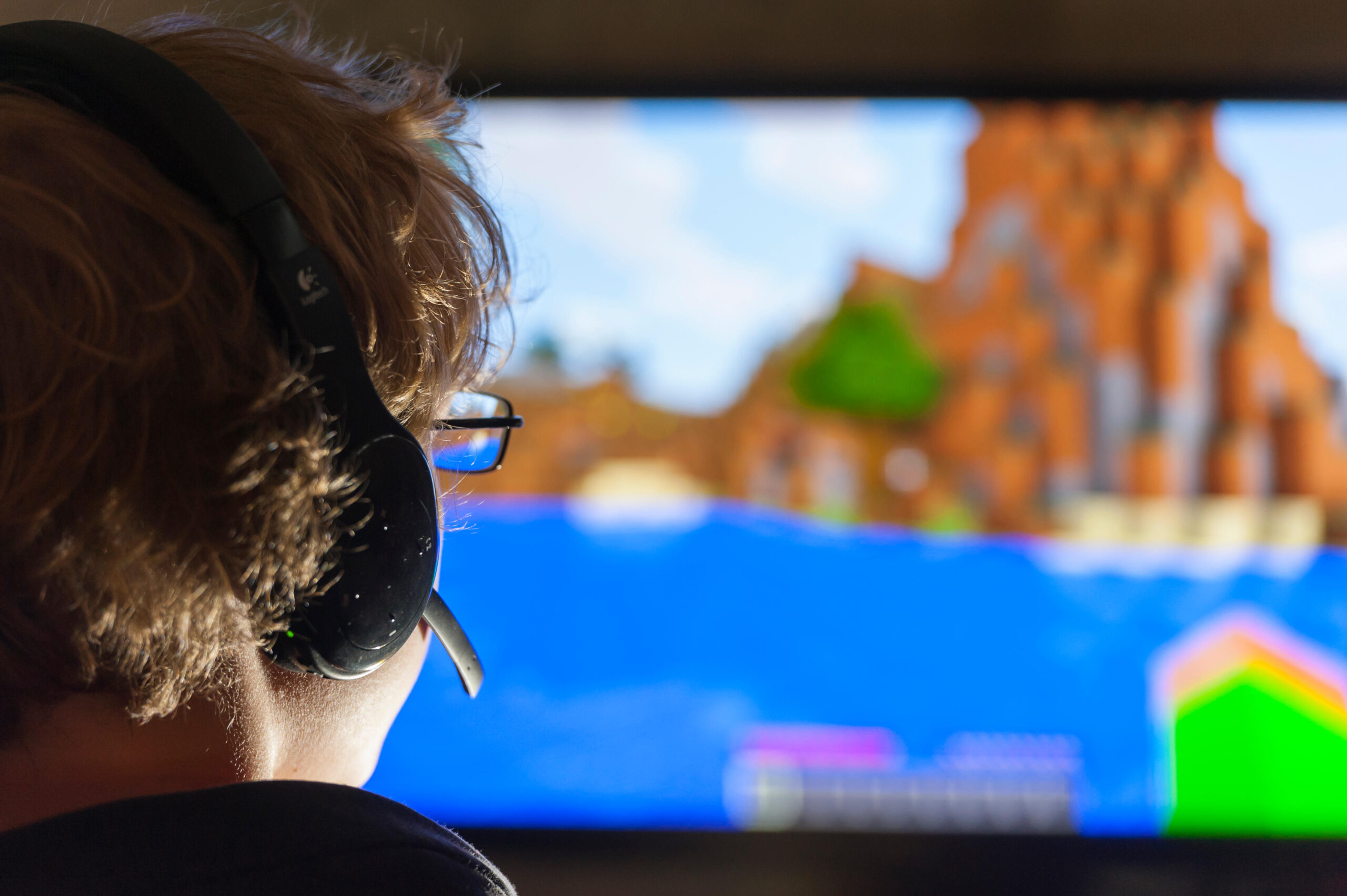The scent of laser-cut EVA foam fills the air as a life-sized Legend of Zelda knight charges past a Final Fantasy cosplayer adjusting their materia wig. Nearby, a crowd roars as a Rocket League pro scores a last-second goal projected onto a 20-foot screen. Welcome to modern gaming conventions—part carnival, part tech expo, part interactive theater. Who knew pressing buttons could evolve into this?
These gatherings have become cultural hydras, growing new heads yearly. Gaming events now compete with Coachella for sheer sensory overload, blending play with performance art. Let’s dissect the revolution.
Gaming Conventions – Where Cosplay Becomes Competitive Theater
Gone are the days of slapped-together Halloween costumes. At SoCal Gaming Expo’s Cosplay Contest, entrants face strict criteria: handmade armor must withstand judge inspections, while purchased outfits compete in separate categories. The stakes? Glory, photo ops, and prizes like limited-edition consoles. Meanwhile, Germany’s PLAY CON offers dedicated photo zones with themed backdrops—perfect for your Cyberpunk 2077 corpo rat to strike a pose.
But, cosplay’s evolution isn’t just about craftsmanship. It’s about storytelling. At Next Level Festival, attendees donned motion-capture suits to influence live digital avatars in interactive plays. Imagine controlling a CGI opera singer’s movements via your gestures. Gaming conventions now blur the lines between spectator and performer.
Joysticks Meet Jackson Pollock & The Rise of Game-Based Art
Liverpool’s FACT gallery proves that games belong in museums. Their Art Plays Games exhibition cycles through digital installations like Alice Bucknell’s The Alluvials—a climate-crisis game viewed through LA riverbeds and wildfire simulations. Meanwhile, indie devs at PLAY CON debut experimental titles where gameplay mechanics explore AI ethics or queer narratives.
These aren’t “games” in the traditional sense. They’re interactive essays. Rachel MacLean’s hyper-saturated digital worlds critique consumerism, while Danielle Brathwaite-Shirley archives Black trans lives through choose-your-own-adventure visuals. Gaming events now double as avant-garde galleries, challenging what “play” can mean.
eSports Arenas in Gaming Conventions
ISE 2025’s new Esports Arena isn’t just for pro gamers. It’s a showcase for bleeding-edge audiovisual tech. Matches stream live on Twitch via 8K cameras while augmented reality overlays turn players into holographic gladiators. Attendees can tour behind-the-scenes booths to geek out over the fiber-optic networks powering lag-free broadcasts.
The arena also hosts daily tech talks. Topics range from “Haptic Feedback in Live Crowd Experiences” to “Using AI to Simulate Stadium Roars.” Forget cheering—soon your seat might vibrate in sync with in-game explosions.
Headbanging with Health Potions
VGM CON’s three music stages prove gaming soundtracks deserve festival treatment. A folk band covers Stardew Valley tunes on mandolins while a DJ mashes Mario Kart samples with EDM drops. The real magic? Participatory performances. At PLAY CON’s jam spaces, you can plug a guitar into Rock Band or join a Crypt of the NecroDancer drum circle.
Even classical music gets remixed. The Next Level Festival debuted opera – a future game, blending live aria performances with audience-controlled narrative choices. Should the soprano ally with the rogue or the bard? You decide via a smartphone app.
5 Surprising Elements Defining Modern Gaming Conventions
- Eco-Conscious Game Design – The Alluvials uses drought simulations to teach climate resilience
- Retro Tech Resurrections – SoCal Expo’s vendor hall sells refurbished Game Boys alongside NFT art
- Cross-Reality Contests – ISE’s MotoGP tournament lets racers switch between VR headsets and physical bikes
- AI Dungeon Masters – Next Level tested GPT-4-powered RPG narrators that adapt to player chaos
- Edible Controllers – PLAY CON’s food trucks serve joystick-shaped churros (surprisingly ergonomic)
Why This Fusion Matters
Purists grumble about conventions losing their “gaming focus.” But let’s face it—would you rather queue eight hours for a Starfield demo or explore a cyberpunk art installation while a live string quartet plays Halo? These events now cater to niche fandoms and curious newbies.
Gaming conventions have become cultural petri dishes. They’re where VR engineers brainstorm with costume designers, where indie devs pitch climate games to UN delegates, and where your grandma might beat a pro gamer at Mario Kart (thanks, motion controls). The question isn’t “What’s next?” but “Can our adrenaline levels keep up?”
As you leave, ears ringing from a DOOM metal cover and fingers sticky from controller-shaped cotton candy, one truth hits: gaming conventions aren’t events. They’re time machines. You depart equal parts nostalgic for pixelated childhood memories and dizzy with tomorrow’s possibilities. Now, where’s that Elden Ring yoga class?







